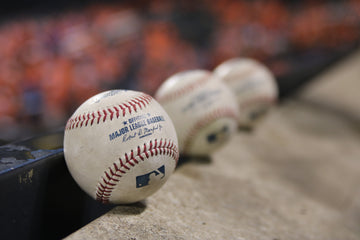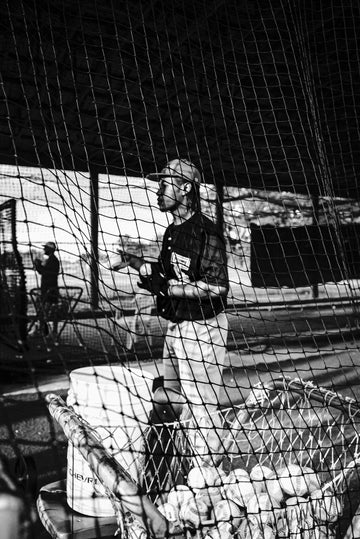In our EMD Baseball Blog series for February, we will discuss why college baseball is more competitive now than ever before. We will discuss topics such as the MLB Draft, transfer portal, social media, and more. In our first blog of the series, we will go in-depth on a significant factor that has reshaped the dynamics of college baseball in recent years which is the reduction in the length of the MLB draft. This transformative change, cutting the draft from 40 rounds to just 20, has sent ripples through the collegiate baseball world, leaving a lasting impact on players, programs, and the overall competitiveness of the game.
1. MLB Draft Reduction:
The traditional 40-round MLB draft served as a gateway for players to enter professional baseball straight out of high school or college. However, the decision to halve the number of rounds to 20 has introduced a paradigm shift. The ramifications of this change are far-reaching, touching every aspect of college baseball.
With fewer players being drafted, coupled with financial constraints imposed on draftees, an increasing number of talented athletes are now choosing the college route over immediate professional prospects. Recent statistics indicate that approximately 80% of recent draftees have their roots in college baseball. Even high school prospects, facing the challenge of securing a professional contract with reduced draft spots, are opting for college as a crucial stepping stone in their athletic careers.
2. Elevated College Talent:
The reduction in the MLB draft has not only redirected players towards college but has also significantly elevated the talent level within college baseball. Athletes who might have opted for the professional route straight out of high school are now enrolling in college programs, contributing to a more competitive and high-caliber environment. Powerhouse conferences like the SEC and ACC have witnessed an influx of top-tier talent, intensifying competition within their ranks.
This influx of talent has not only impacted the major conferences but has trickled down to other levels of college baseball, including Division III and smaller conferences. The overall competitiveness of the game has surged across the board, creating an exciting and challenging landscape for players and teams alike.
3. The Trickle-Down Effect:
Unlike FBS football, where power conferences often dominate, college baseball exhibits a broader competitive spectrum. The changes in the MLB draft have democratized talent distribution, allowing mid-major schools and conferences to consistently rank among the top 30 programs in the nation. The trickle-down effect ensures that competitiveness is not confined to a select few conferences but is spread across various levels of college baseball.
Understanding these dynamics is paramount for anyone navigating the college baseball recruiting process. The landscape is more competitive than ever, and recognizing the impact of the MLB draft reduction will empower players and their families to make informed decisions. Whether aspiring to join a powerhouse conference or aiming for success in a mid-major program, acknowledging the evolving nature of college baseball is crucial for a successful and fulfilling journey in the sport.




